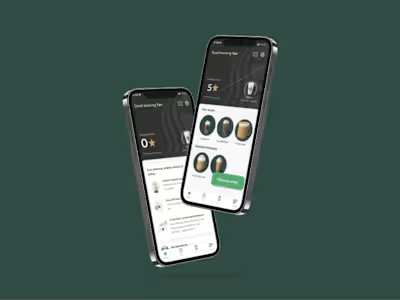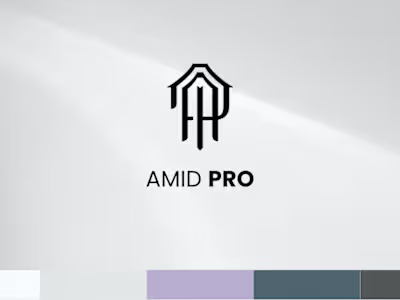Mobile App Design | Homework
Overview 🔎
Homework is a non-profit organisation that relies on hardware and monetary donations as a means of providing students in need with access to technology. The app allows donors to search for and select students in need, view the specific technology requirements of each student and make donations.
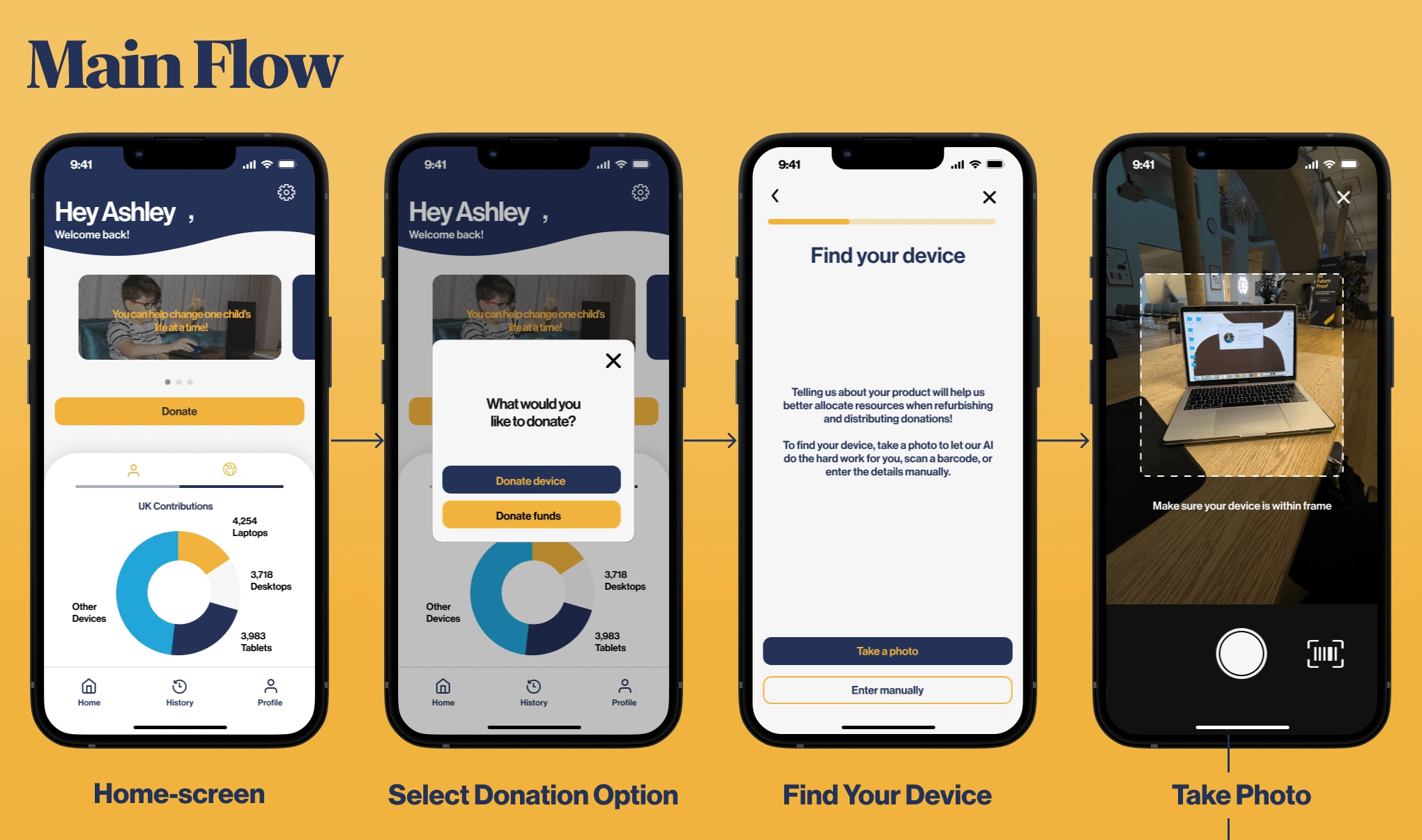
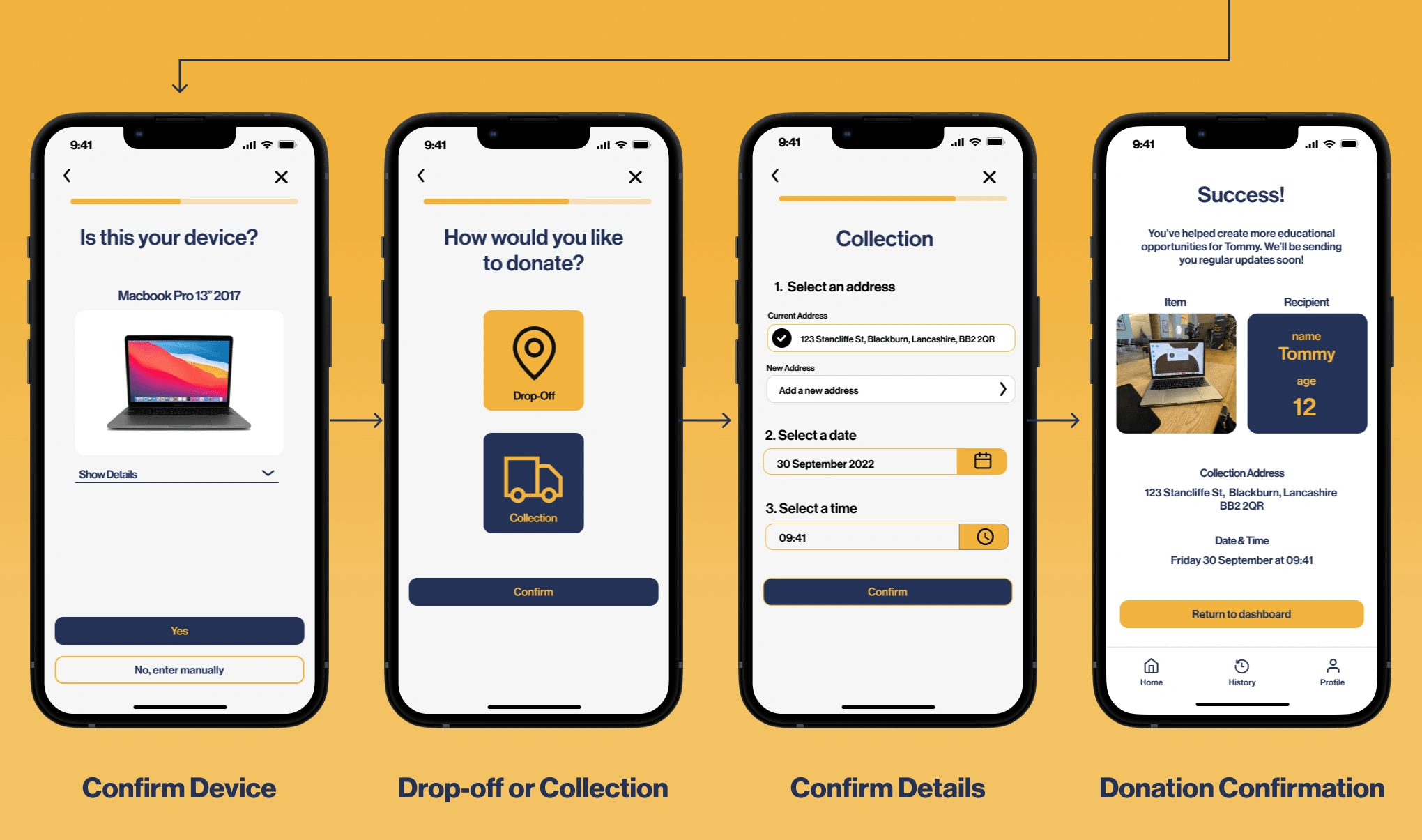
Main flow for users wanting to donate their old tech
My Role:
User Interviews - Carry out an investigation of user needs to identify areas of improvement for the app: Pain points, Motivations & Behaviours.
Generate and refine a range of potential solutions through iterative ideation sessions.
Conduct usability testing to evaluate the effectiveness of each proposed solution.
Refine the chosen design and prepare for release: UI design & Interactions.
Problem & Solution 🤝
Understanding Tech Donations:
There is a huge digital gap amongst students in the UK with up to 1.78 million students not having access to technology and devices. Currently 527 million electric devices clutter Britain‘s homes, resulting in 40% of UK adults throwing away at least 1 electrical item a year instead of donating. And so, unprivileged students are unable to access the technology they need, making it impossible for them to thrive in their education.
Homework aims to bridge the gap by providing students with the technology donations needed to reach their educational goals.

Research Objectives:
Find out what individuals do with their old devices
Find out what individuals know about the technology gap amongst students
Find out what individuals’ charity habits are
Find out what keeps individuals from donating their old devices
Interview Insights:
After conducting User Interviews with young adults ranging from the ages of 18 to 40, here were the main interview insights found:
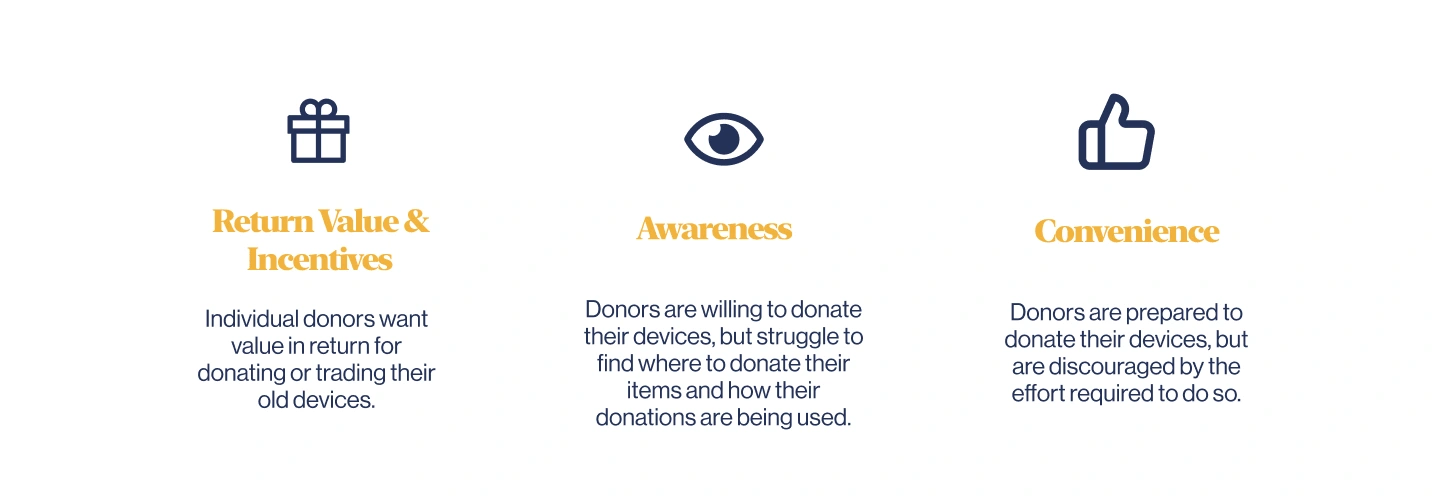
Check out complete interview feedback here:
Goals & Requirements:
Increase the number of donated devices: The app should aim to increase the number of donated devices by making it easy and convenient for people to donate.
Target unprivileged students: The app should aim to reach unprivileged students who do not have access to technology by partnering with schools and universities in underserved areas.
Create a sustainable solution: The app should aim to reduce the amount of electronic waste in the UK by promoting device donations instead of discarding them.
Process 🛣
How Might We create a transparent & straightforward process for donors to give their old devices to our organisation?
Meet Ashley:
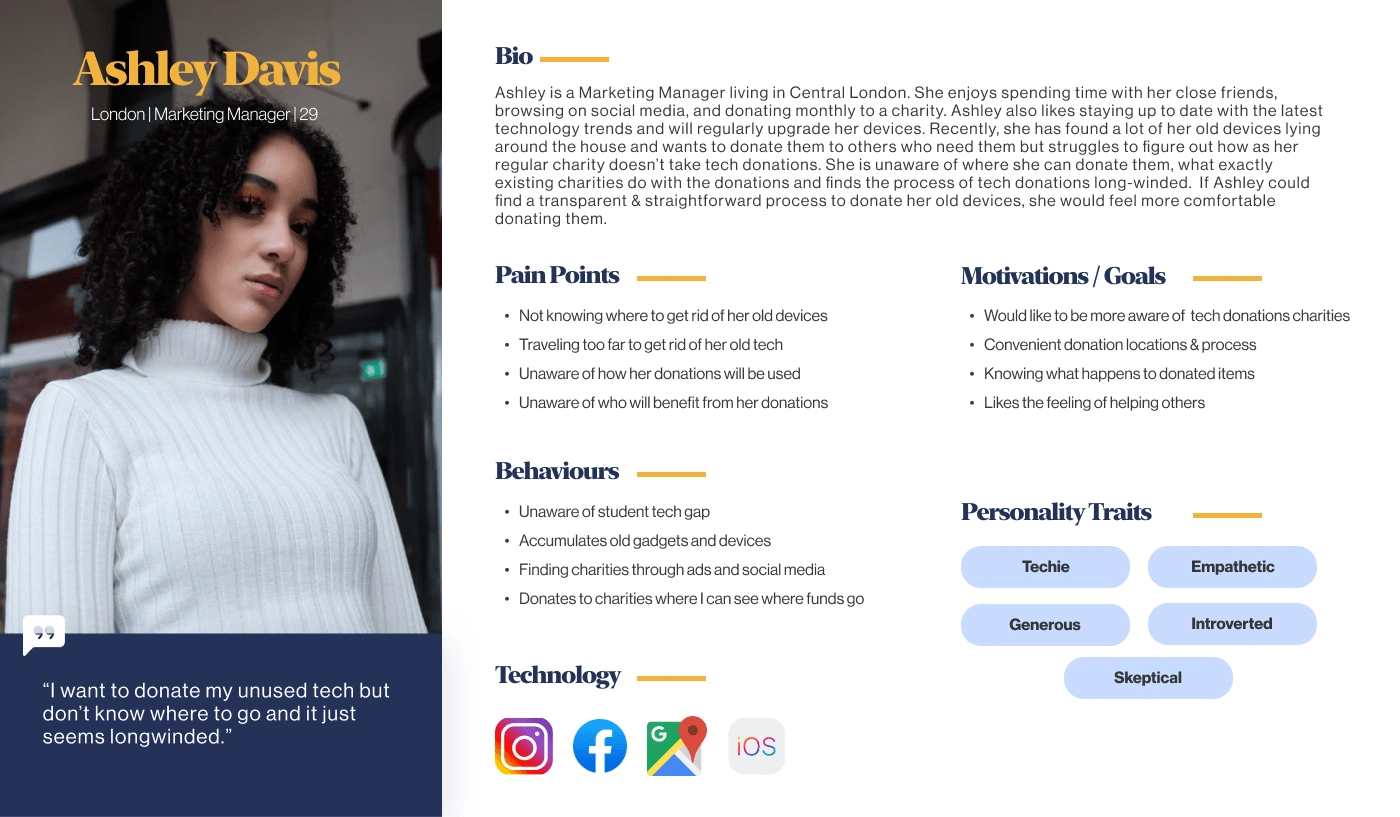
Persona created, meet Ashley
Developing the persona of Ashley allowed us to identify the tasks users wanted to accomplish with the Homework app. We then created a user flow that simplifies the process of donating old tech, saving time and avoiding inconvenience.
User Task Flow:
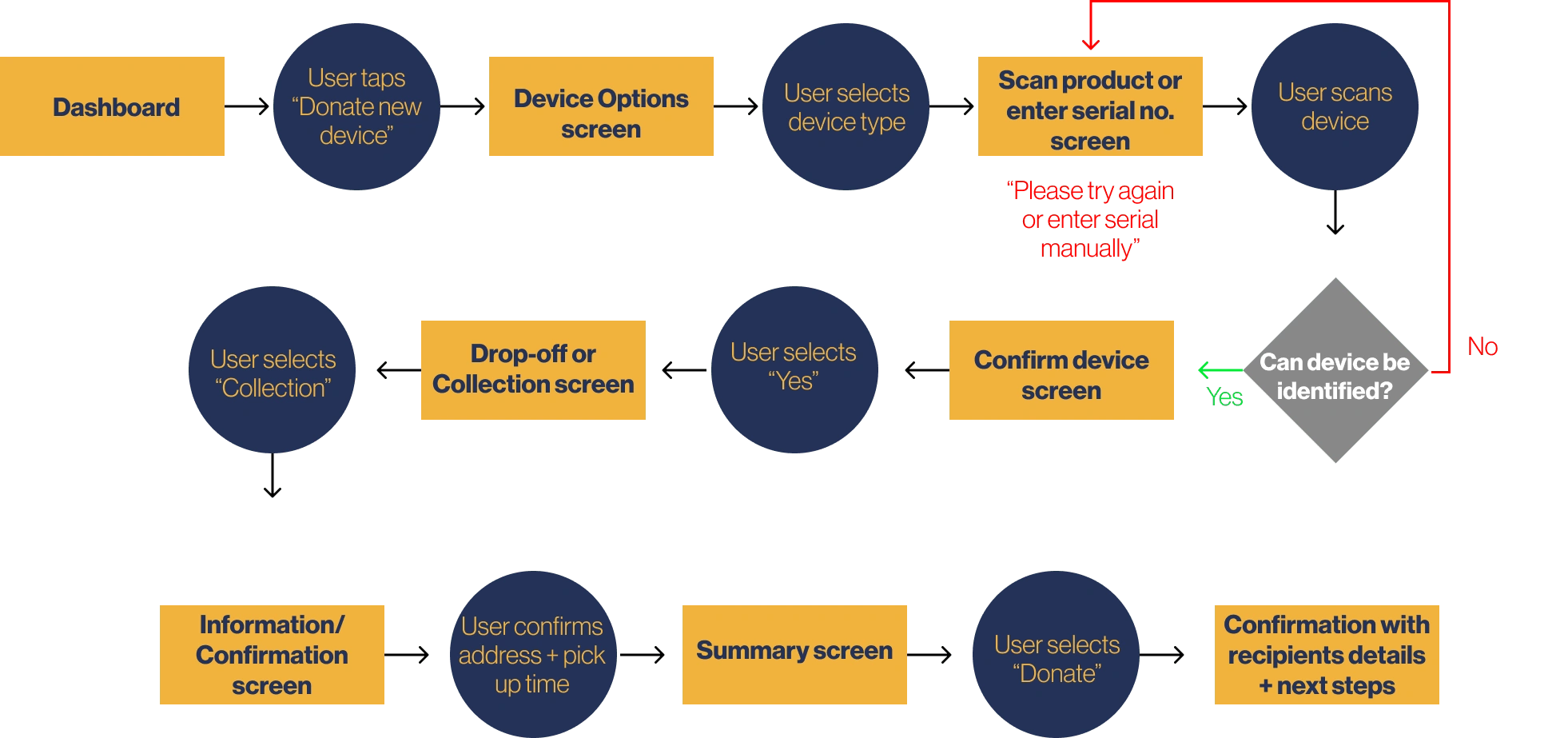
User Task Flow - Ashley wants to donate her old tech
Ideation:
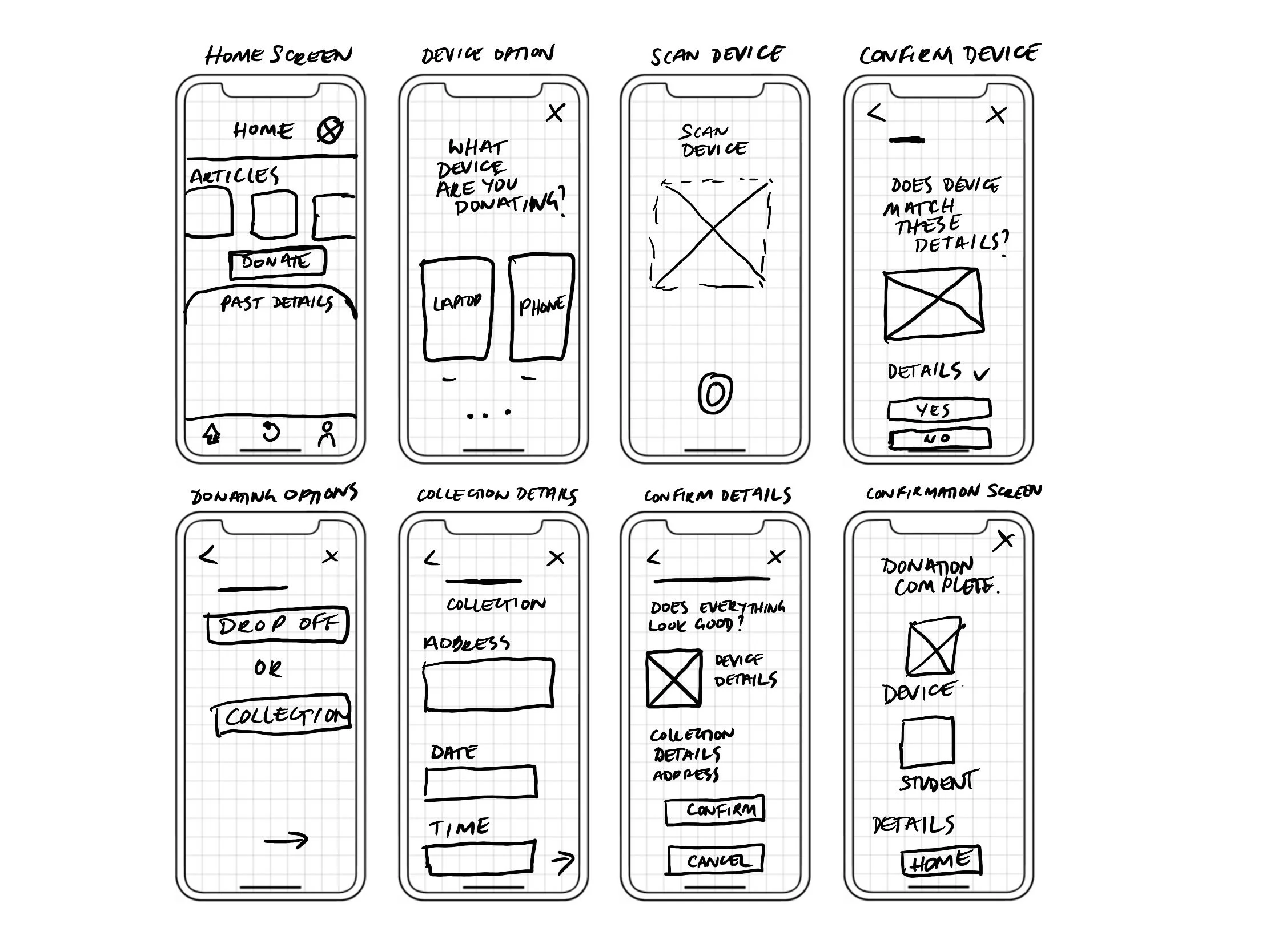
Sketches of user task flow ideation
Lofi Wireframe:
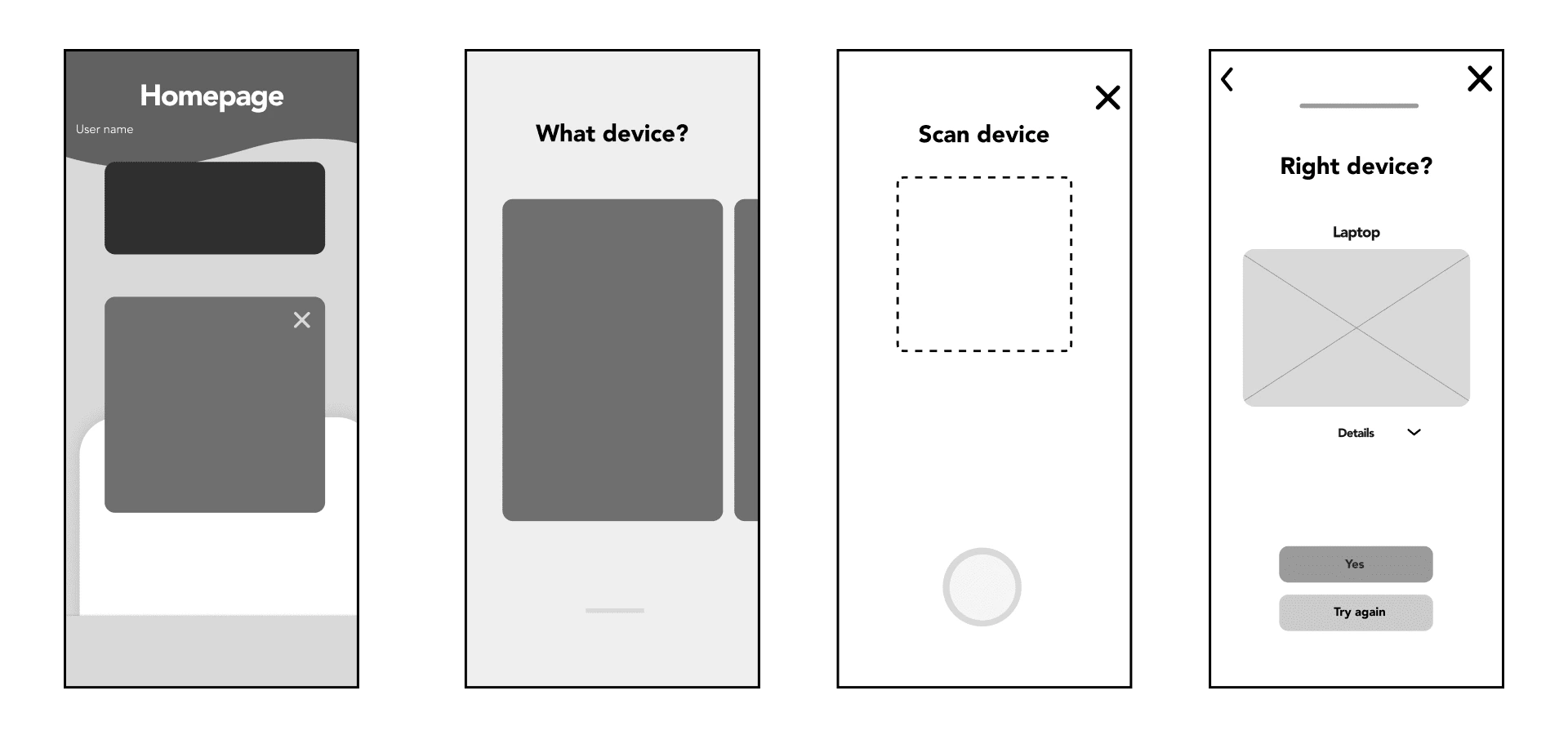
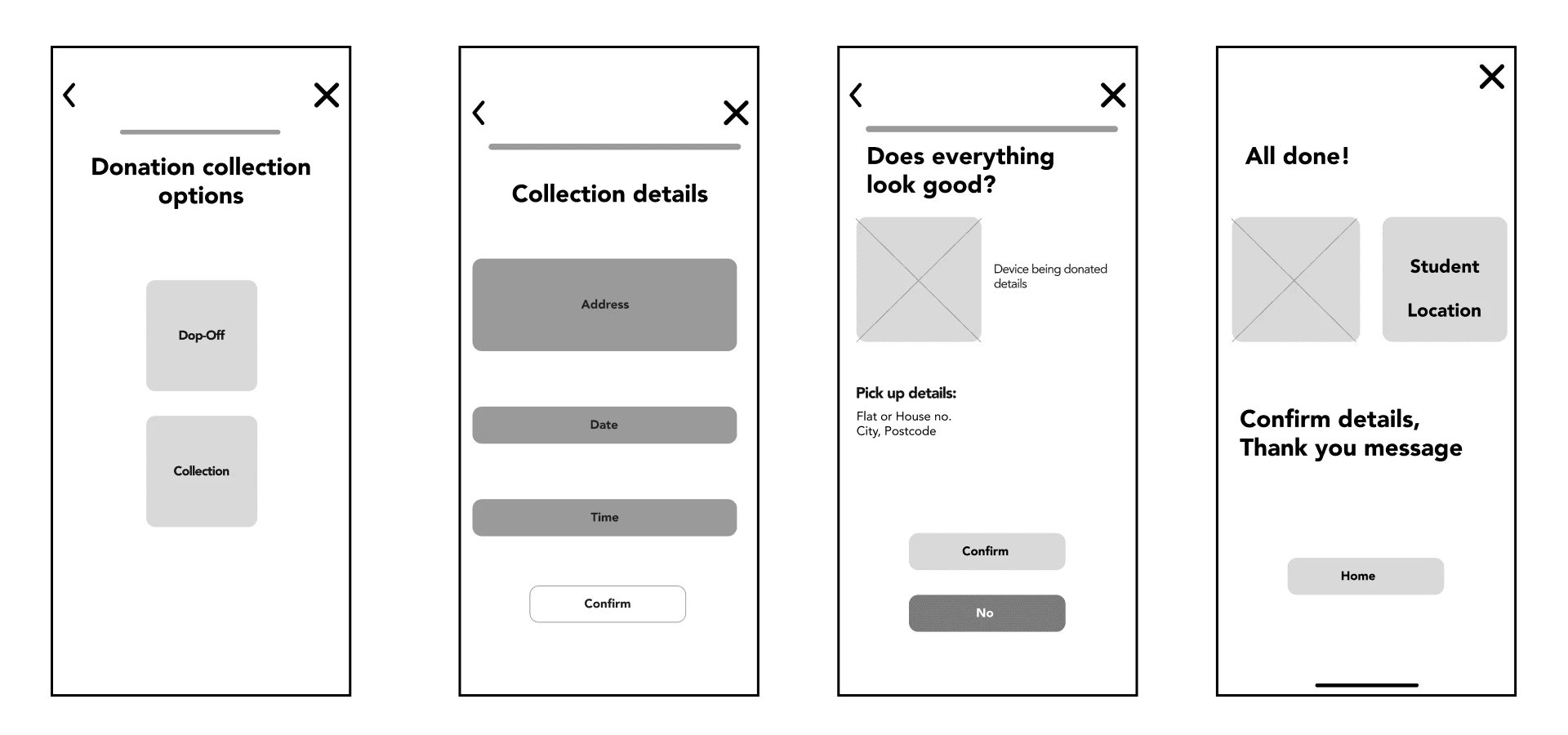
Branding:
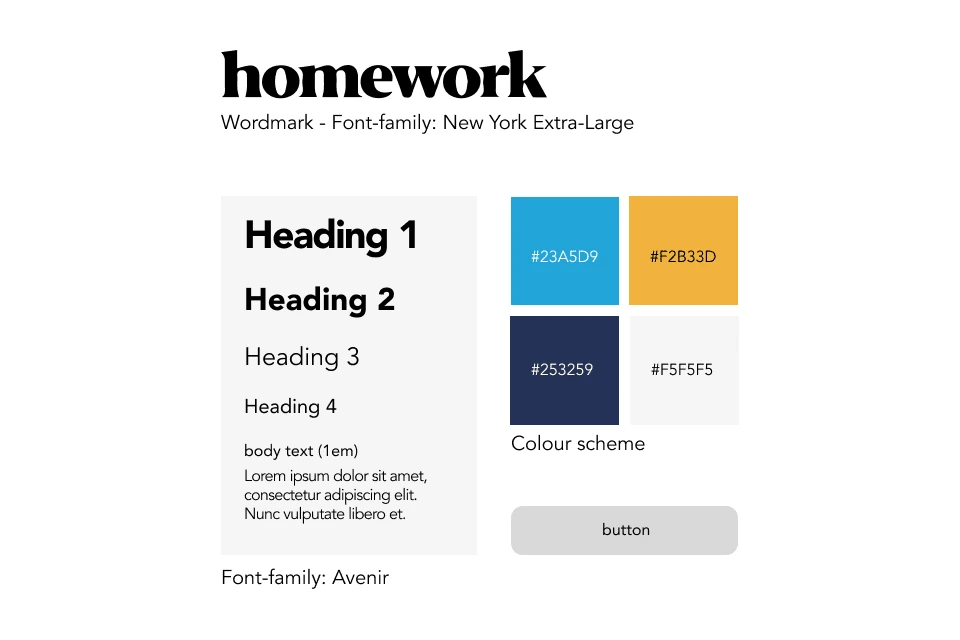
Results 🎁
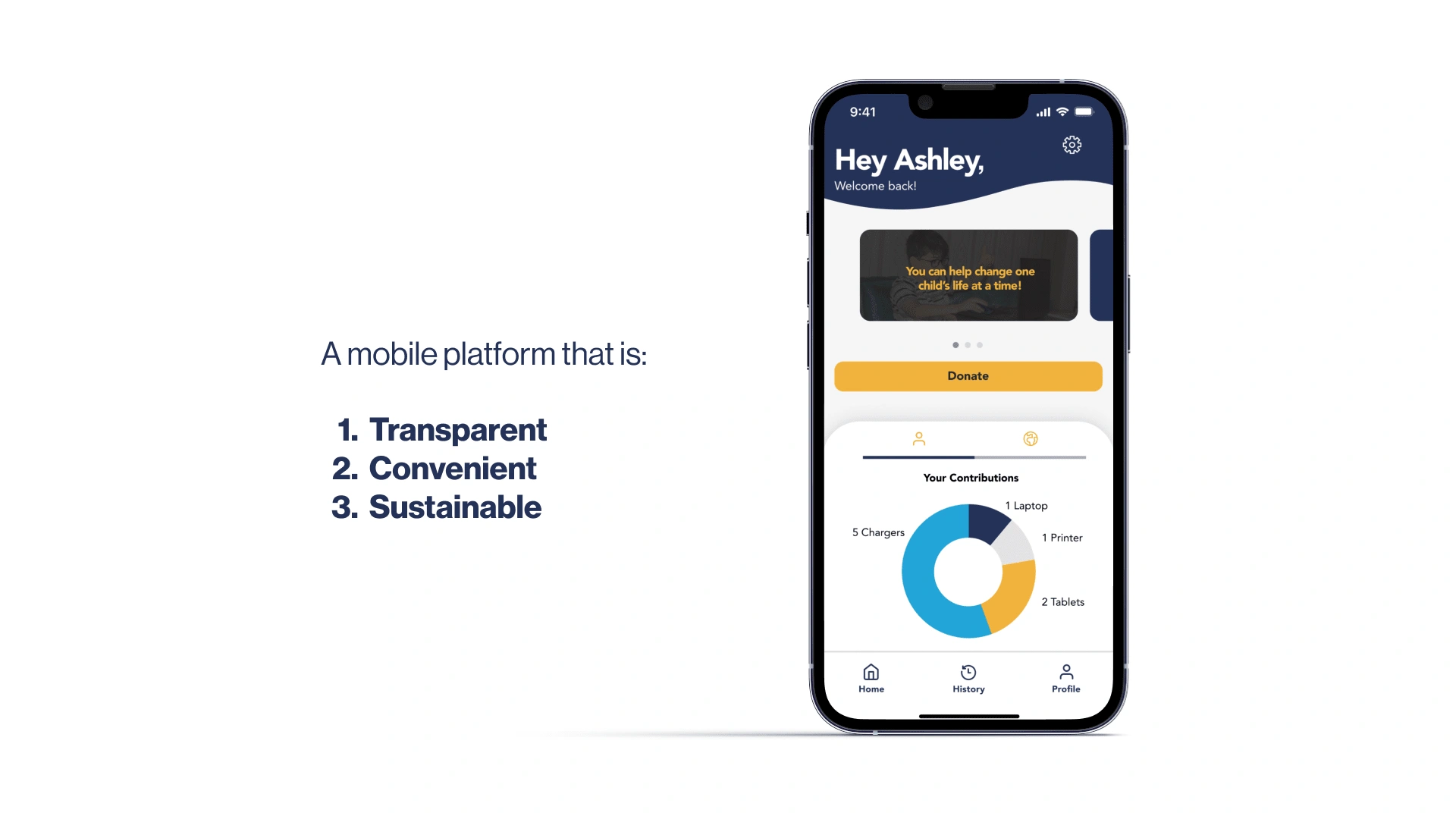
Homework, the tech donating app
Homework is the solution to transparent, convenient, and sustainable tech donations. By developing user interviews, a persona and a user flow, we identified the needs of users and streamlined the donation process. With Homework, users can easily donate their old tech, saving time and avoiding inconvenience, while knowing their donations are being sustainably managed, making a positive impact on the environment and society.
Tech donation used to be a hassle, but with Homework, it's a no-brainer. Our app has simplified the process and made it sustainable, so users can do good without any hassle. It's been a great success, and we're proud to be changing the world one tech donation at a time." 🗣
Jessica
UX Designer
Takeaways 📝
User research is key: Developing user personas and flows helped us understand the needs of our users and design an app that meets their needs.
User testing is crucial: Regular user testing helped us identify pain points and make improvements to the app. It's essential to test early and often to ensure that the app is easy to use and meets the needs of our users.
Design thinking is effective: By using design thinking and creative problem-solving, we were able to identify innovative solutions to complex problems.
Collaboration is key: Our team worked together closely throughout the project, sharing ideas and insights to create a user-centric and sustainable app.
Continuous improvement is important: There is always room for improvement. We will continue to gather feedback from our users and make changes to the app to ensure it remains easy to use and effective in promoting sustainable tech donation.
Like this project
Posted Mar 21, 2023
Streamlining tech donations with Homework - the mobile app designed to make it quick and easy to donate your old tech and help students in need.
Likes
0
Views
50



